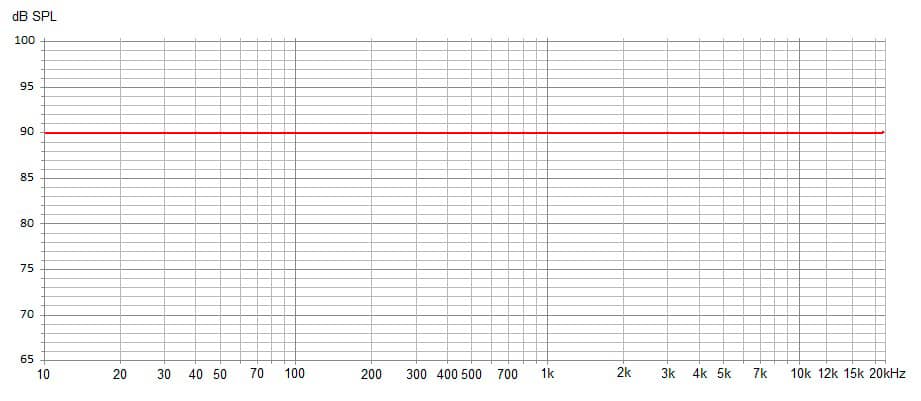Average listeners need regular headphones, DJs need the best DJ headphones, but what about people who are involved in music creation? For this purpose, monitor headphones are used.
Monitor headphones are also referred to as studio headphones or monitors. Their main purpose is to reproduce sound as close to the original as possible with zero distortion. Such headphones pick up and separate each instrument. That is how they provide detailed audio reproduction, allowing a music maker to hear every aspect of sound that is crucial to their work.
Although studio headphones may look just like conventional headphones, in other respects, they are different. So, what are monitor headphones and how are they different from commercial models?
What are They Used for?
Monitor headphones are used in such parts of music production:
- Monitoring
Monitoring is vital to the music recording process since it allows controlling the quality of the finished product. The producer or engineer that does monitoring must hear every aspect of the recorded track to eliminate any imperfections that a listener may hear when listening to the recording on the HI-FI audio system. In this case, therefore, monitor headphones allow all the required sound adjustments to be made.
- Mixing
Monitor headphones’ are known for having a neutral frequency response as they reproduce sound with zero coloration. This permits hearing highs, mids, and lows with maximum clarity which is crucial for mixing audio.
What are the Differences Between Monitor Headphones and Regular Headphones?
Bass Levels
Loud and boomy bass is an advantage for most listening purposes. That is why an abundance of bass in regular headphones is highly appreciated by listeners, but it’s not what you need during the sound editing process. Boosted low frequencies won’t allow you to clearly hear highs and mids. if low frequencies will be enhanced. Therefore, sound accuracy will be affected and you won’t be able to hear instruments clearly. That is why monitors don’t have boosted bass. They reproduce basses as recorded, so you will not notice a “punch” in the sound of the drums, for instance.
Frequency Response
One of the ways to answer the question “What are studio monitor headphones?” is to say that they are headphones with flat frequency response. This means all frequencies across the entire range are even and balanced.
Monitor headphones shouldn’t raise the sound spectrum or the listener will lose many details. When the frequency response is uneven, the vocals may sound louder than the instruments (and vice versa) or one instrument may sound louder than the other which is definitely not good for mixing and monitoring.
Consumer-grade headphones don’t tend to have level frequency response graphs since they usually have lifted bass level. The frequency response graph of top-notch monitors, on the contrary, should look like a straight line. In simple words, it doesn’t matter what music genre you are listening to. It all sounds neutral, from metal to pop. That is why monitors are rarely considered as an option for just music listening on the go.

Proper Isolation
The diaphragm inside of the headphones pushes sound in both directions and headphones with a sound-isolation feature trap sound inside of the ear cups. When it comes to studio headphones, you don’t want the mic to pick up a sound that comes from your headphones during a recording session. That is why monitors have a very high degree of isolation that doesn’t let them leak the sound.
Durable Materials
Monitor headphones are reliable and durable since they are used in studio settings and during live concerts. They are frequently used and, as a result, are designed with a sturdy chassis and are sweat-proof. That is why studio screens are made of very durable materials with minimum plastic. They also have extremely thick cables that can withstand tangles.

Hi everyone! I’m Thomas Moody, also known as Guitarzan.
